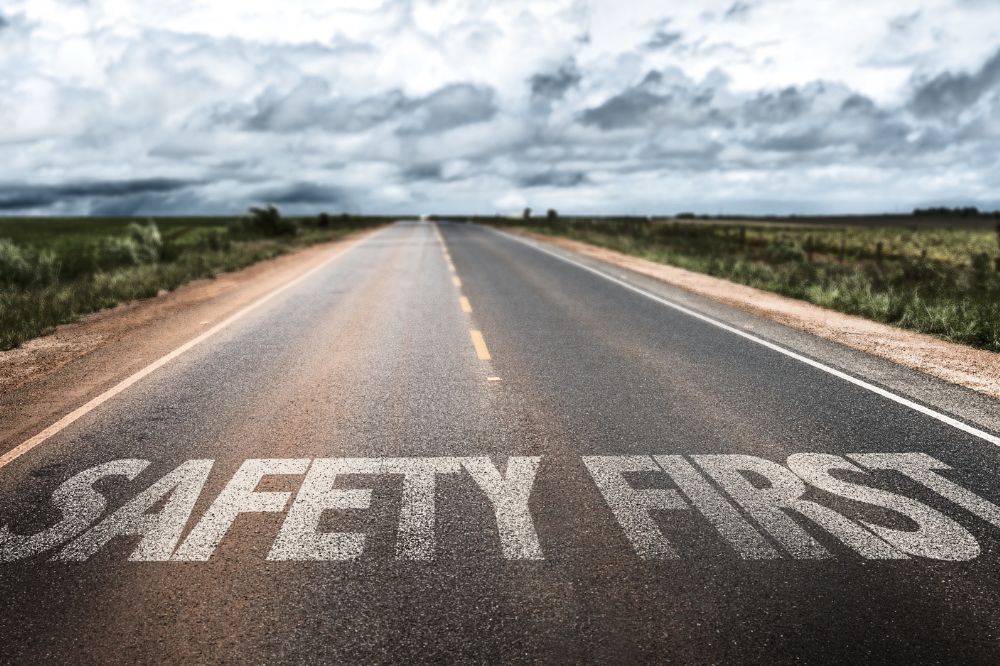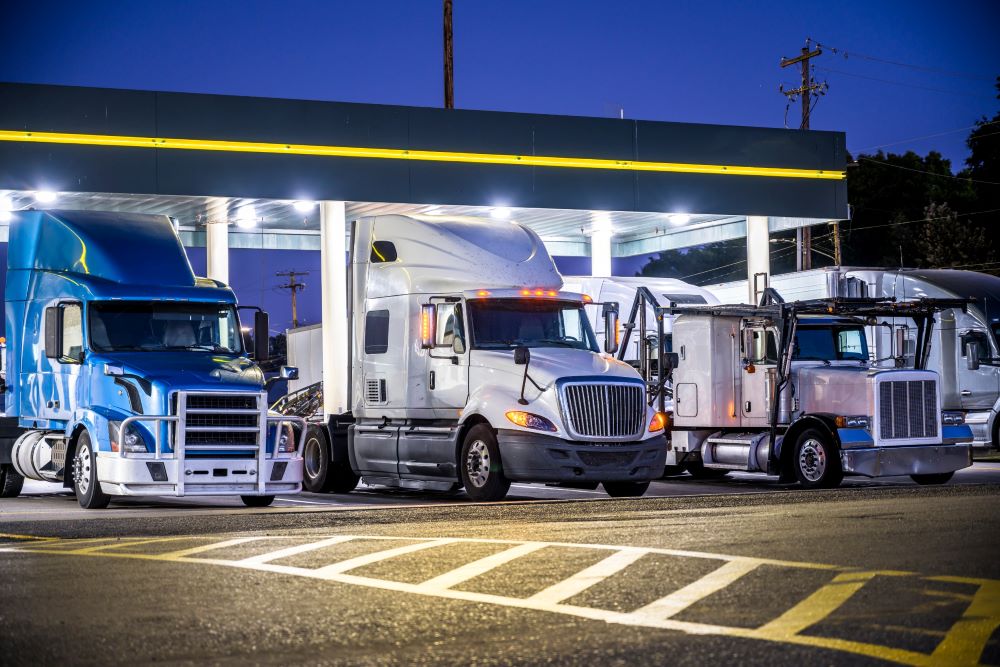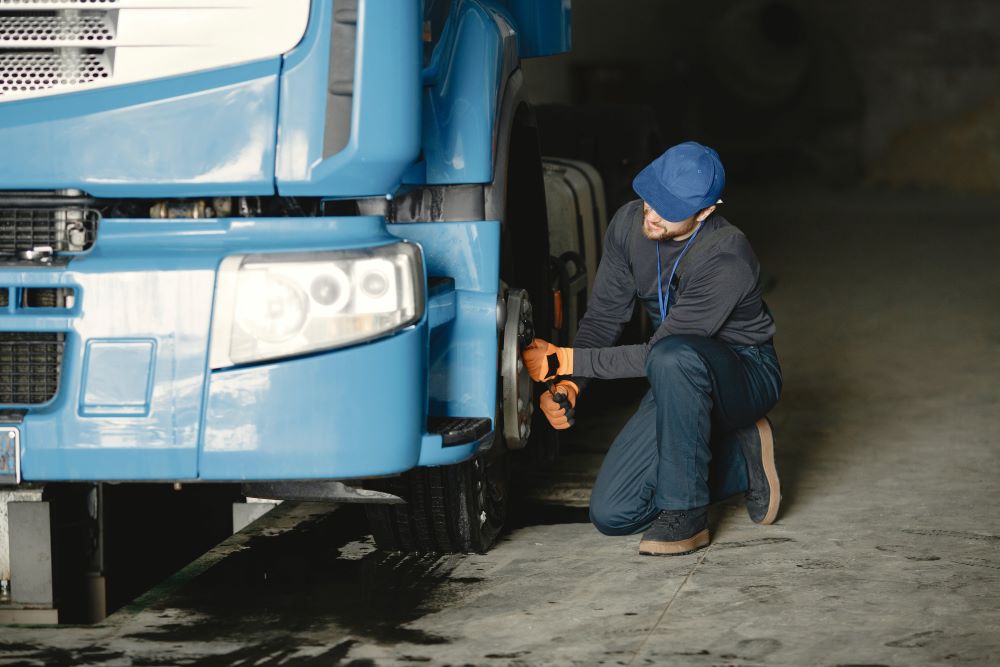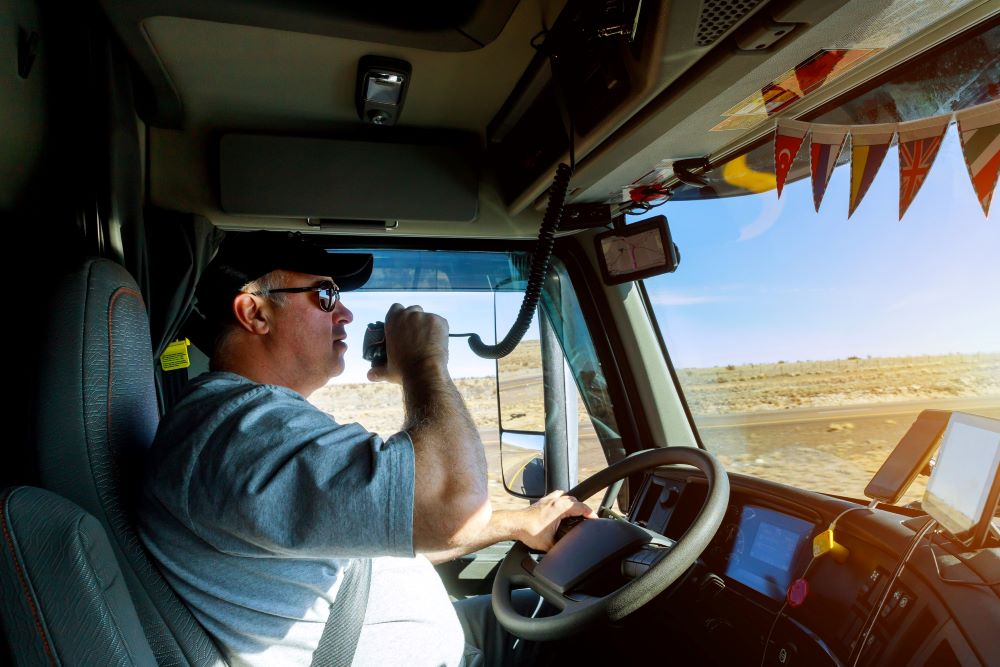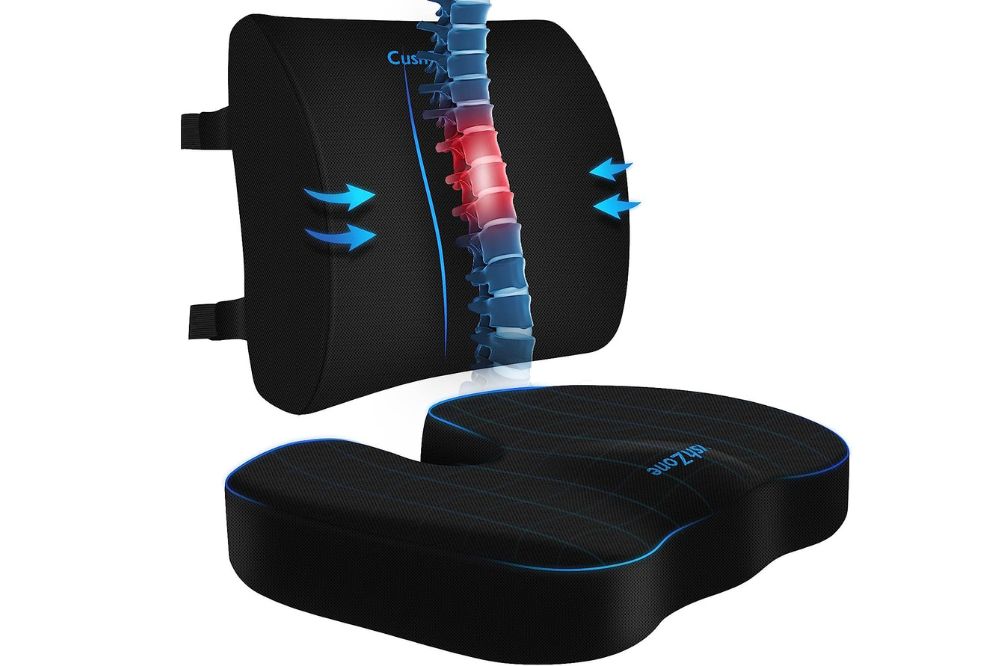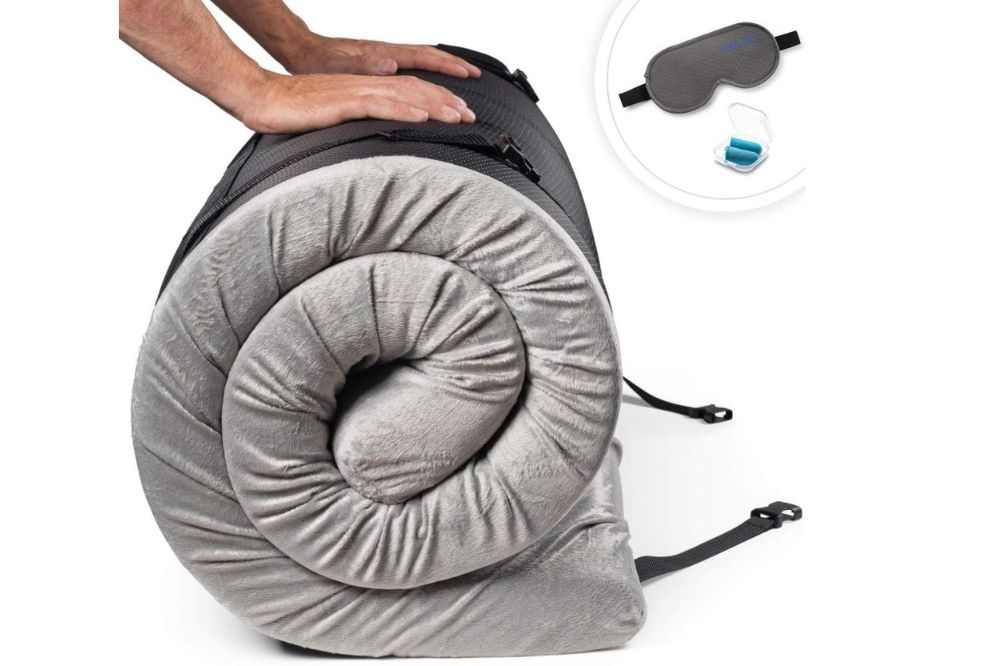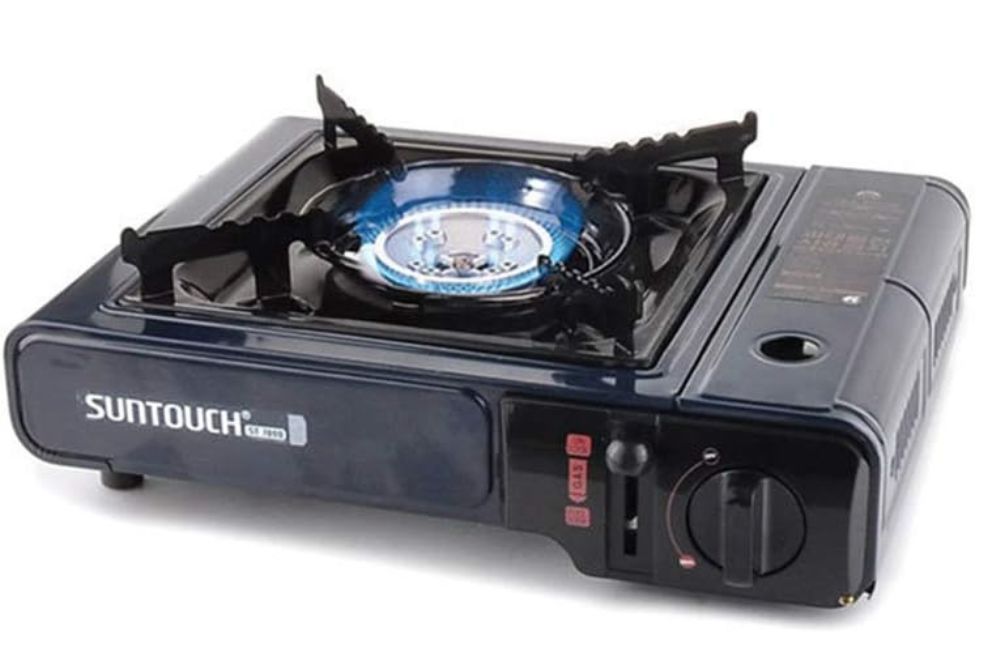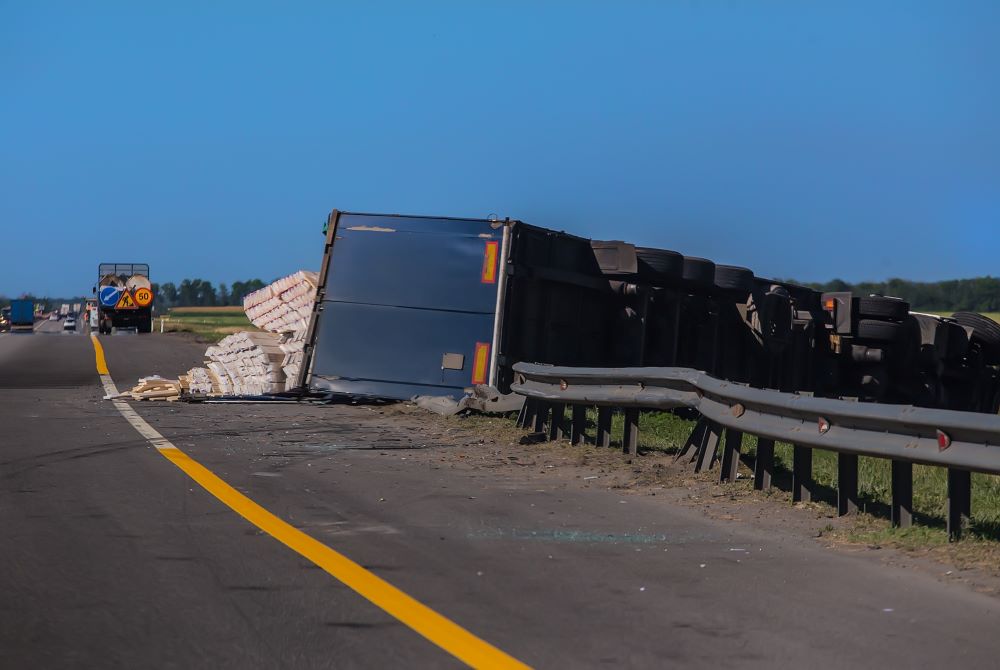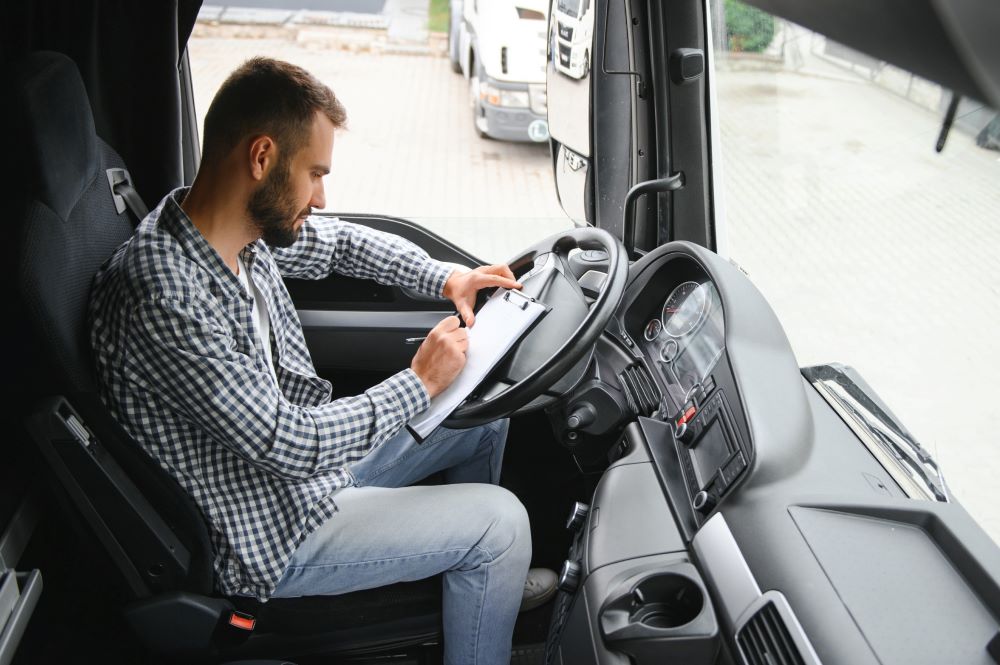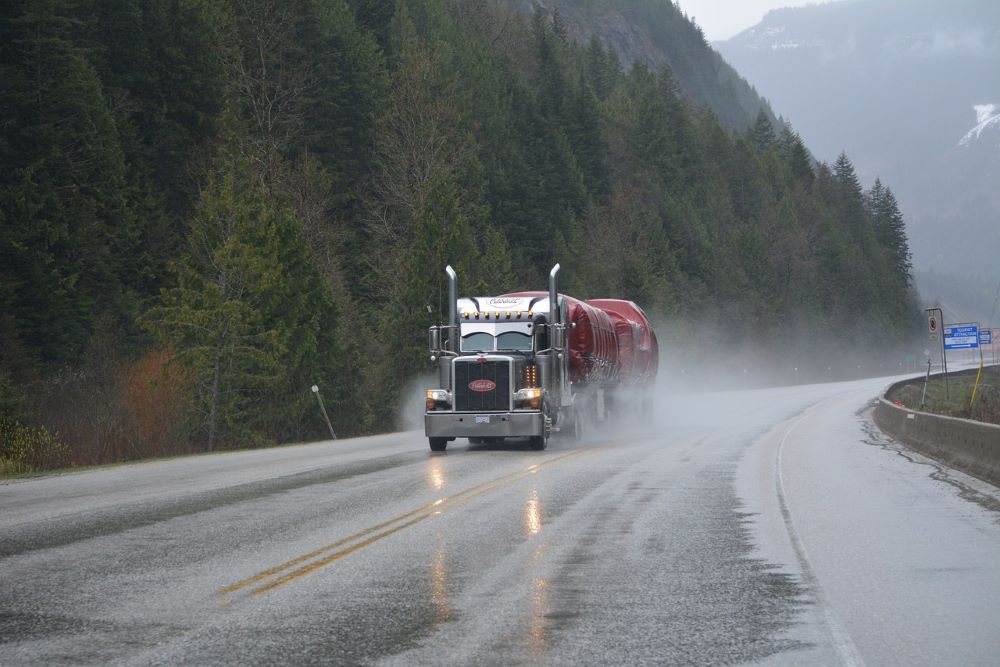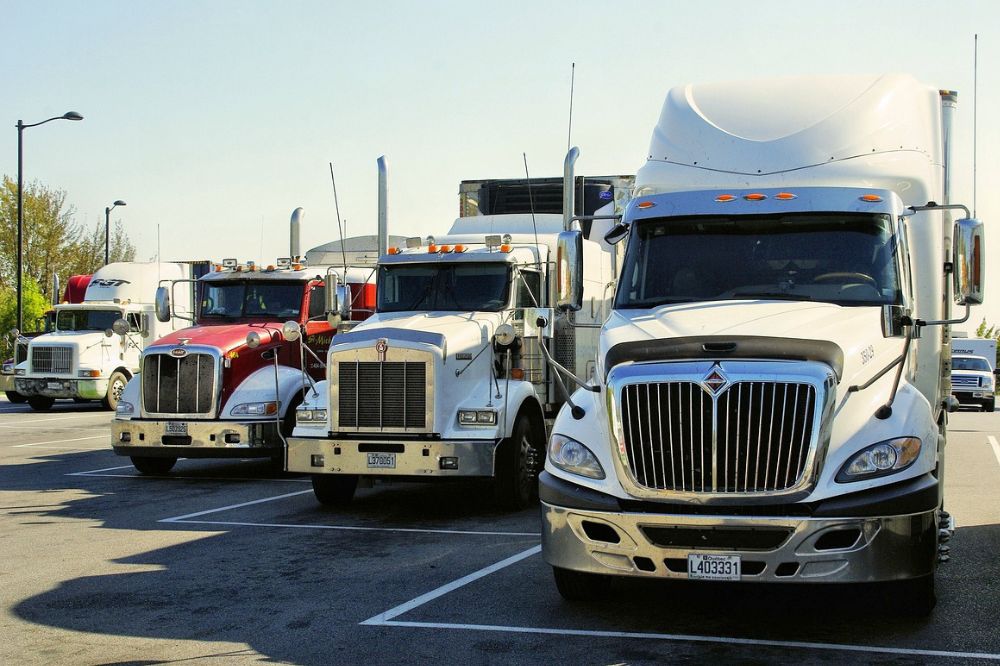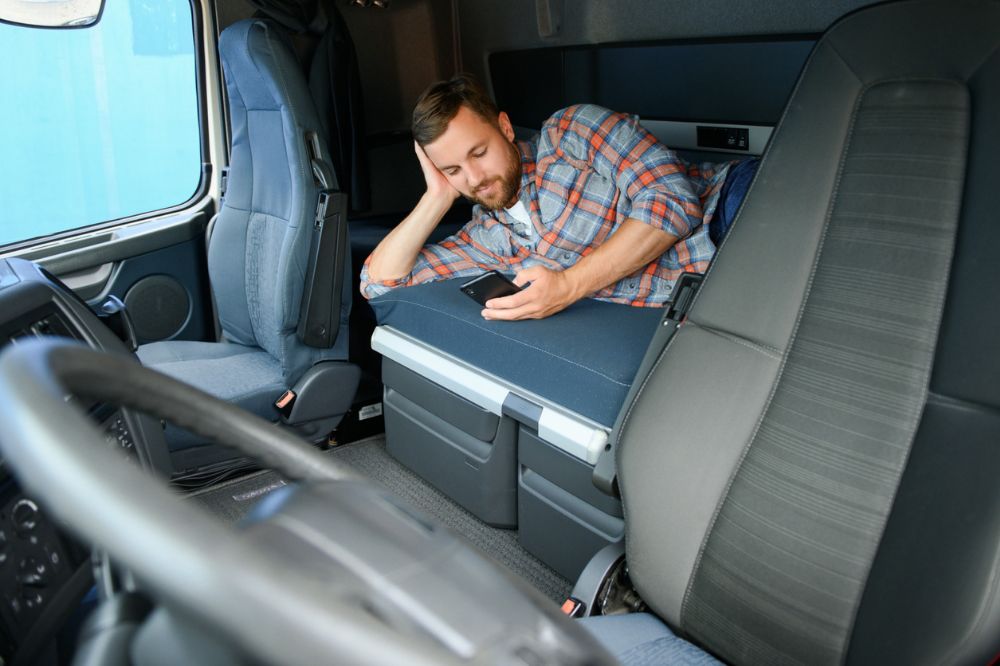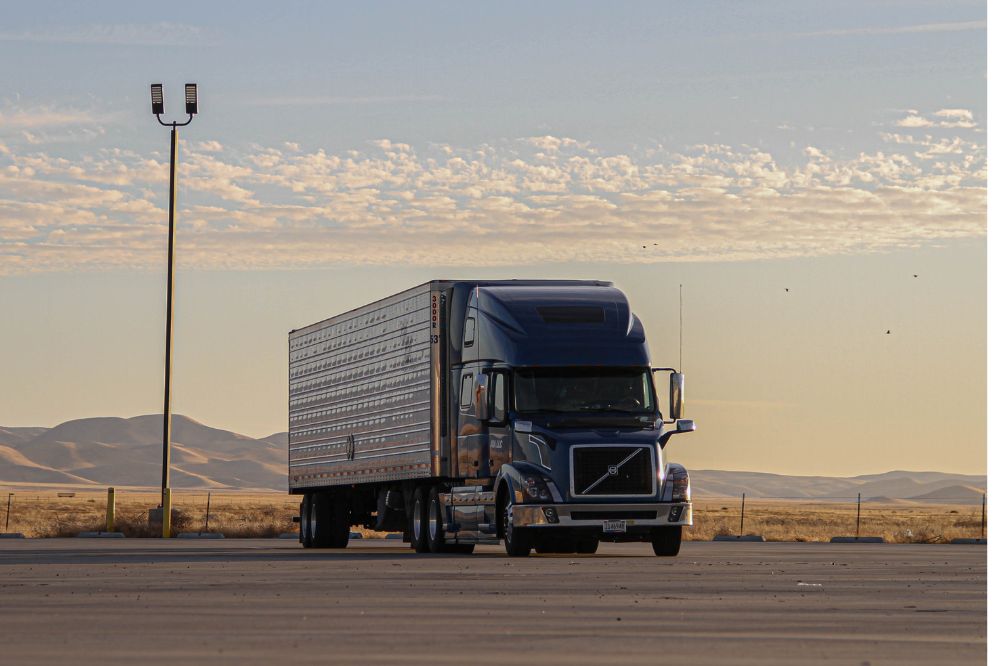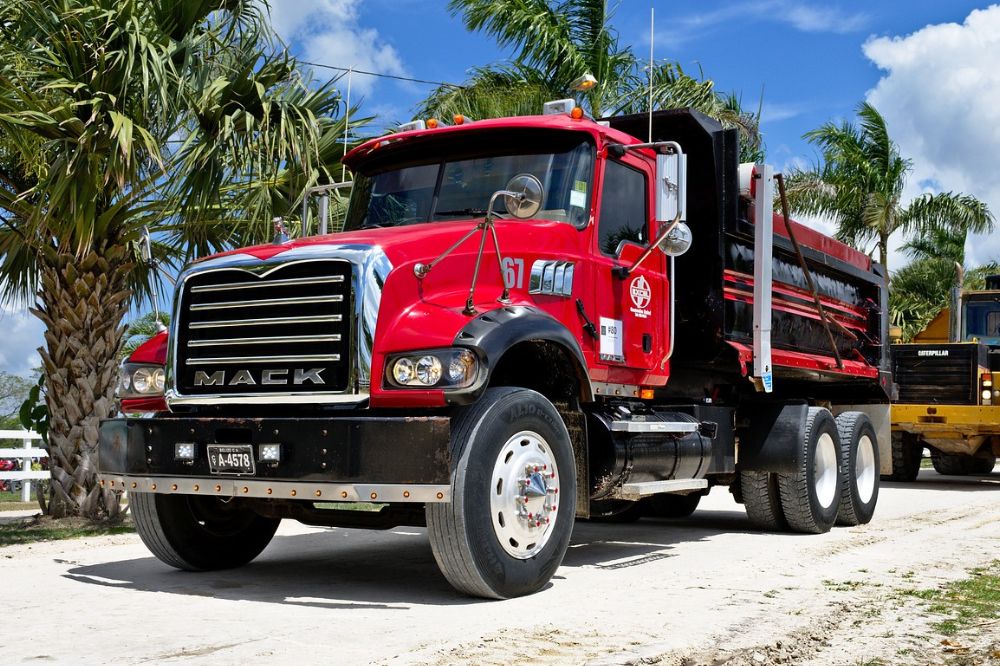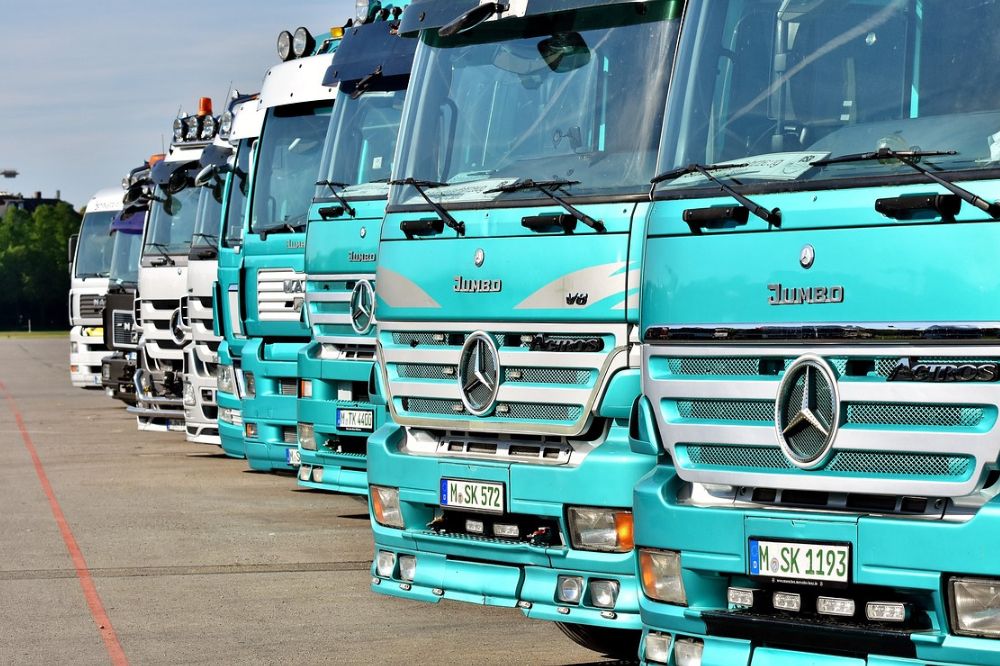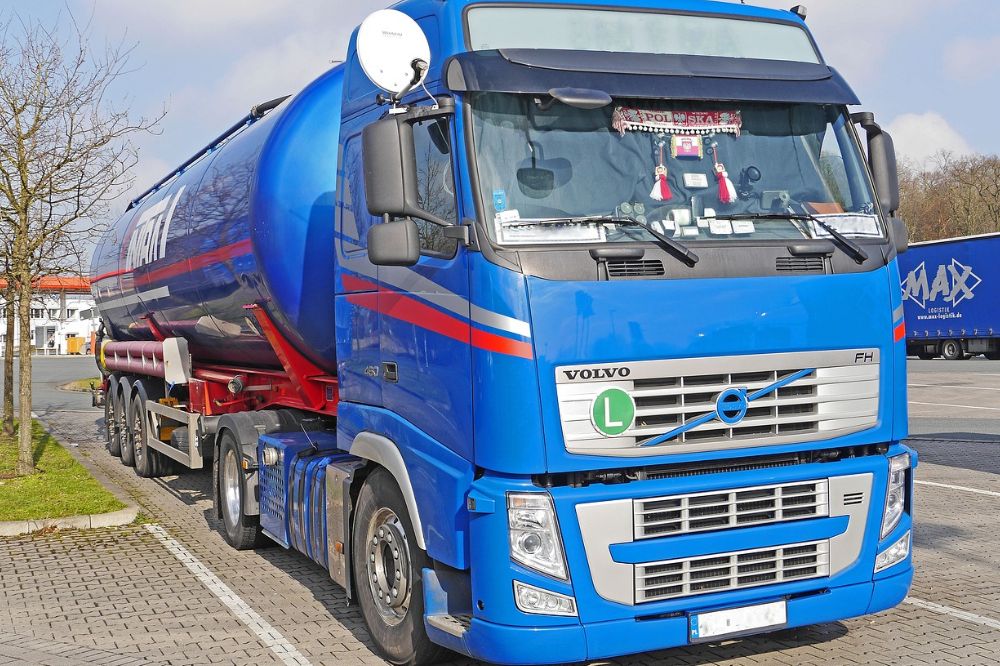
Choosing the right equipment for your food truck business can be overwhelming if you’re just getting started.
This guide lists essential equipment and offers tips for selecting the right appliances to fit your truck’s limited space. Our goal is to simplify your equipment choices for a successful and profitable mobile kitchen venture.
6 Things to Consider Before Buying Food Truck Equipment
To run your food truck smoothly, the equipment you need depends on your business model. For example, if you’re selling frozen treats, your appliance needs will differ from those selling hot snacks and meals.
Evaluate your business needs carefully before purchasing equipment, then consider seven factors to ensure ongoing success.
1. Quality
Invest in high-quality and reliable food truck appliances that will serve you well for the long haul. Your equipment determines the efficiency of your truck’s operations and affects your capacity to generate profit.
Low-quality equipment is inefficient and may require frequent repairs or replacement, which increases your truck’s operating costs and reduces your profit margins. High-quality appliances are efficient and durable.
2. Space
Despite limited space, food trucks can host efficient industrial kitchens when you use space effectively.
Opt for compact models that can do the job without occupying excessive space. Dual-purpose equipment is also valuable for maximizing limited space. Plan your kitchen layout based on menu items and service style to ensure smooth cooking operations and high-quality service to customers.
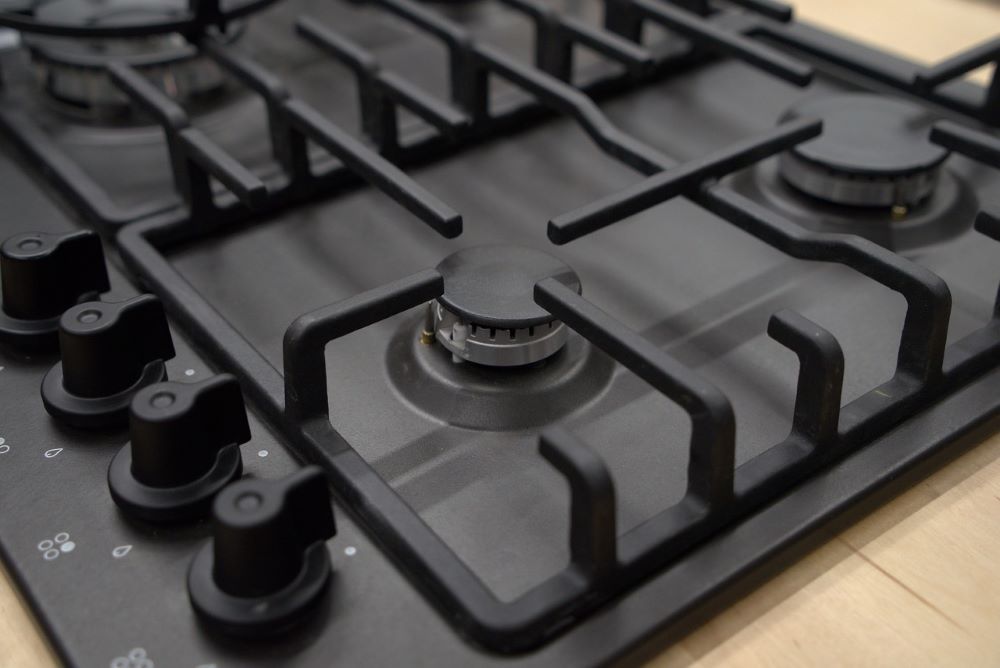
3. Equipment Maintenance
Food truck equipment is only worthwhile if it’s easy to use, clean, and maintain. How well does it do its job, and how do you clean it?
You must meet several food equipment sanitation and safety certification standards to thrive. If an appliance requires too much time or effort to maintain and you cannot clean it regularly, it may not be the best option.
4. Suppliers
Suppliers are a vital part of running your food truck successfully. Think about partnering with local restaurant supplies wholesalers who, for a small membership fee, offer a range of premium equipment at affordable prices.
The best suppliers are honest about the technology and safety of their products and can help you find the best appliances for your specific needs. They also provide equipment installation, maintenance, and repair add-on services.
5. Pricing
When budgeting for your food truck equipment, prioritize high-quality items essential to your business model.
For example, if you’re selling French fries, focus on investing in top-quality washing and peeling machines, fries cutters, frying, de-oiling, and drying equipment, as these are crucial for your operations. Though the initial cost may be high, the returns will justify the investment.
6. Financing or Leasing
Financing or leasing your food truck equipment is an excellent alternative if you want to begin your venture with minimal financial risk until you’re sure the business model you’ve chosen will work.

Equipment Needed to Start a Food Truck
Every mobile kitchen is different, but there are some appliances and supplies all of them must have for you to perform your day-to-day activities. Most of this equipment falls into the following categories:
Storage Equipment
Storage equipment is necessary to store ingredients, prepped menu items, and leftovers. Go for containers instead of plastic bags when storing hot and saucy foods. Storage containers are durable and reusable.
You can also use them to reheat food in microwaves. Ensure you buy your containers in various sizes to meet different storage needs.
Preparation Equipment
These include tools you’ll use to ensure all the ingredients you need to cook your menu items are ready before you cook. Essential food prep items are:
- Kitchen cutlery and utensils.
- Cutting boards. It’s advisable to get color-coded cutting boards to avoid cross-contamination from different foods. You can buy a blue cutting board for fish, red for beef, etc.
- Thermometers ensure your food is thoroughly cooked in safe temperatures to meet the required safety standards.
- Blenders enable you to prepare sauces and smoothies fast. Choose powerful blenders that can handle different menu items.
Cooking Equipment
To prepare fresh meals, you need the right cooking equipment. The exact cooking appliance you require depends on the food you plan to cook. Some popular options include:
- Griddle—for cooking everyday foods like sandwiches, eggs, and vegetables
- Char broiler—offering gourmet burgers? This helps you prepare flavor-rich food fast.
- Food truck ovens for baking
- Countertop fryers
- Toasters
Refrigeration and Cooling
Refrigeration and cooling equipment preserve perishable items in your inventory. These appliances also keep your meals fresh and beverages cold and include:
- Under-counter freezers
- Worktop refrigerators
- Refrigerated prep tables
- Countertop glass door refrigerators
- Chest and ice cream freezes
- Food warming equipment
You can use the following warming appliances to warm pre-cooked foods before serving your customers:
- Countertop food warmers
- Kettle or soup warmers
- Fry warmers
- Display warmers
Serving equipment
Serving supplies allows customers to enjoy your dishes comfortably. The most common ones are:
- Disposable food containers and cups
- Condiment pumps, like salt and pepper shakers. Or toppings and seasonings self-service dispensers. You can also offer condiments in portion packs so your on-the-go take-out service is quick.
- Napkin and paper towel dispensers
Sanitation and safety equipment
Cleaning and safety supplies are crucial for your business to flourish long-term. You must maintain specific hygiene standards to pass frequent health inspections and keep your working permits.
Some essential cleaning equipment and supplies include sinks, sani-buckets, gloves, food service chemicals for cleaning different equipment, dish-cleaning chemicals, trash cans, and liners.
To meet the required safety standards, you’ll need:
- First aid kits
- Regularly serviced fire extinguishers
- Fire suppression system or sprinklers,
- Labels to ensure food items get used safely before their shelf life expires.
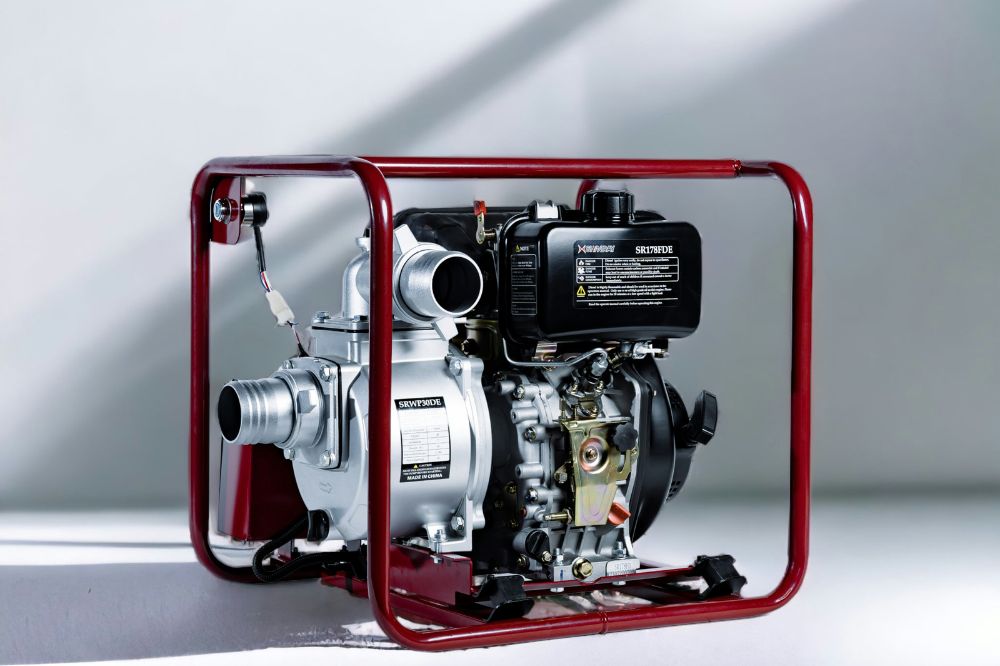
Equipment For Your Electricity Needs
Most food truck equipment requires electricity to work. Your truck’s batteries may not be enough to power them all. You’ll need a portable and reliable power source, like a generator, for your appliances to work well all day.
Gas generators are the easiest to use. However, their harsh noise and fumes can put off customers. Instead, consider getting propane generators. You’ll have to fill them regularly, but they’re less harsh on smell and sound.
New vs. Used Food Truck Equipment
The decision between new and used food truck equipment is an ongoing debate in the industry.
While some items without internal parts can be safely purchased and used if well-maintained, equipment with moving parts like ovens and heaters pose higher risks as they may deteriorate over time.
Starting with used equipment saves money initially but can lead to higher maintenance costs and downtime later. Newer, high-quality equipment is typically more efficient and comes with warranty coverage.
Final Thoughts
Our selection of food truck supplies and equipment should help you start stocking up the right items to get your business running successfully.
Remember to check your appliances’ cooking power when assessing their quality before purchase. You want to ensure you can prepare large quantities of tasty food fast to get the most out of your food truck.
To finance your food truck purchase, check out Mission Financial Services. We can customize our commercial vehicle financing options to help you buy a new or used truck affordably. Get in touch to learn more about this.


